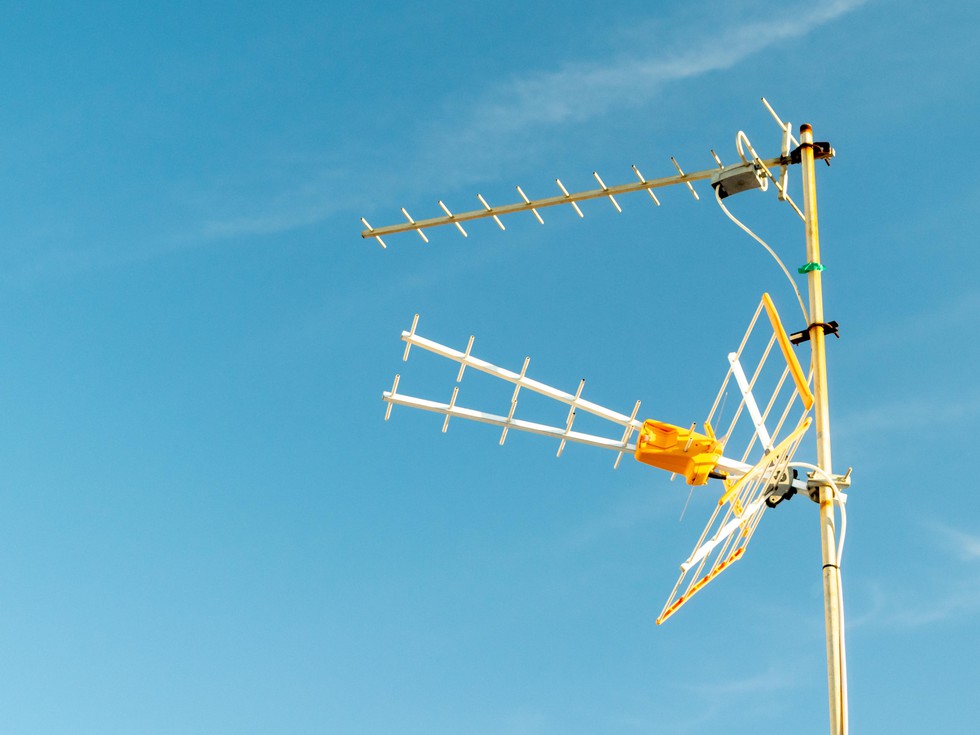About Bharat Forecast System:
- It is an indigenously built advanced weather forecasting system.
- It is based on the newly implemented Triangular Cubic Octahedral (TCo) dynamical grid that enables the model to operate at 6 km horizontal resolution, surpassing its predecessor (GFS T1534 ~ 12km) and typical global operational models having horizontal resolution of 9–14 km.
- Supercomputing facilities Arka (IITM-Pune) and Arunika (NCMRWF-Noida), enabled the model to be used for real-time weather prediction.
- The BharatFS was developed with the objective of generating forecasts at the cluster of panchayats level and improving the prediction of extremes.
- In research mode, it has demonstrated significant improvement in the rainfall forecast over the core monsoon region and 30% better accuracy for the extreme rainfall forecast compared to the previous operational model.
- With the increase in horizontal resolution, the BharatFS is capable of generating distinct forecasts every 6 km.
- It has demonstrated significant improvement in the skill of predicting the core monsoon region rainfall, with a 30% improvement in the accuracy for the forecasting of extreme rainfall events.
- The BharatFS was developed by a team of scientists from Indian institutions like IITM-Pune, with support from the NCMRWF-Noida and the India Meteorological Department (IMD).
- The development and launch of BharatFS has enabled India to upgrade its meteorological services and support neighboring countries, reinforcing regional leadership and self-reliance.
- Significance: This allows the capturing of local weather features, thus enabling the forecasts to cater to a cluster of panchayats/villages.
- Localized forecasts help farmers with crop planning, irrigation, and harvesting. Additionally, water authorities can better manage reservoirs during monsoons, reducing flood risk and improving yield resilience.
